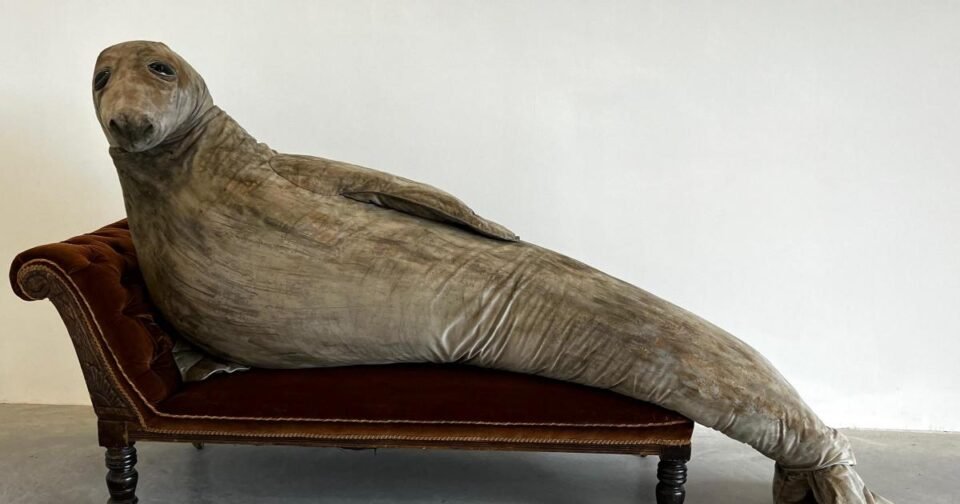This summer, Art For Your Oceans, a landmark exhibition at the junction of art, science, and marine ecology, will open at Hastings Contemporary.
The exhibition, originally devised and curated by Artwise Curators for the World Wildlife Fund, will feature commissioned works by renowned artists such as Antony Gormley, Mona Hatoum, and Emma Talbot.
Through their creations, these artists will highlight the potential of seaweed as a powerful ally in the battle against climate change and as an innovative artistic medium.
All artworks have been crafted using Ocean Ink, the world’s first sustainable and fully biodegradable water-based ink made from regeneratively farmed seaweed by Oceanium in Scotland.
This is the first instance of an exhibition created using seaweed ink, and it has inspired a diverse range of art forms including sculpture, painting, drawing, printmaking, and textiles.
Kathleen Soriano, director at Hastings Contemporary, said: “As an organisation that sits directly on the beach, our relationship with the sea informs all that we do.
“In times when our duty of care towards our oceans has become paramount, our programme and our work with artists is committed to developing conversations around those responsibilities and practices.
“The artists on display here have embraced the challenge of working with this innovative new material, and the results are as exciting as they are urgent.”
The exhibition, free to the public, not only displays the creative capability of artists in the face of an environmental crisis, but also celebrates seaweed’s extraordinary potential—from carbon absorption and water purification to serving as a sustainable material for packaging, food, and now, art.
Renowned artist Antony Gormley shared his thoughts on this initiative, saying: “When I am in the embrace of seawater, I feel most alive and most at home.
“I am angry at our species’ carelessness.
“I want to make work that speaks to our dependency on the planet and the elements and acknowledges the fact that we are in the planet’s hands, not the other way around.
“The human condition is formed by our environment, some of which we have made, but all of which has made us.
“I want my art to help us reconnect with everything that supports us.”

